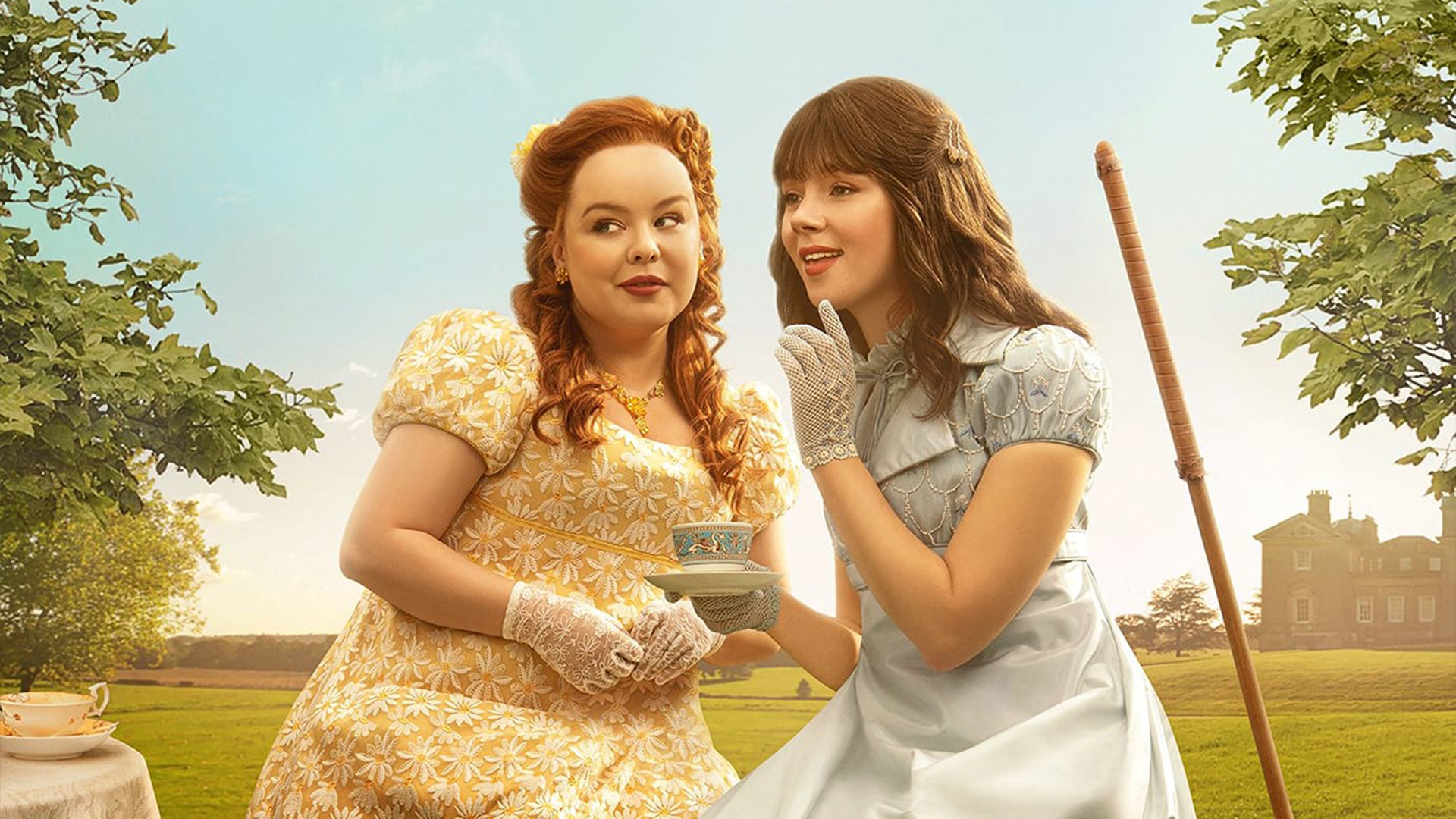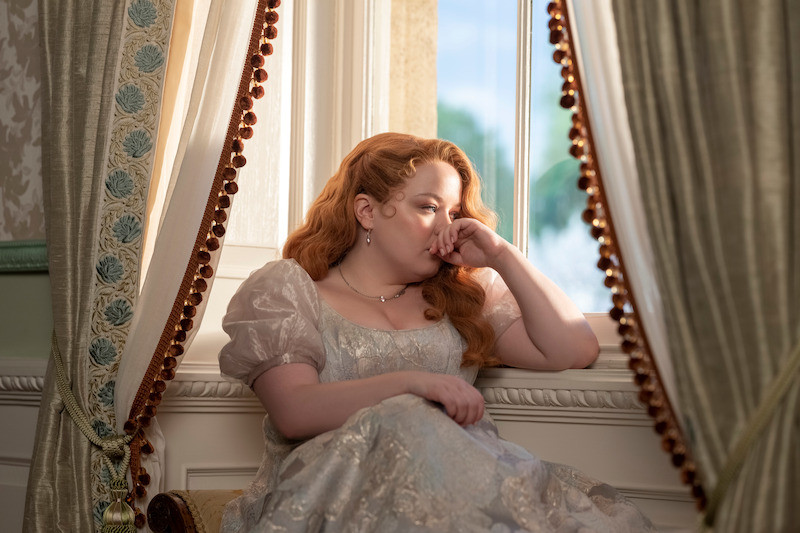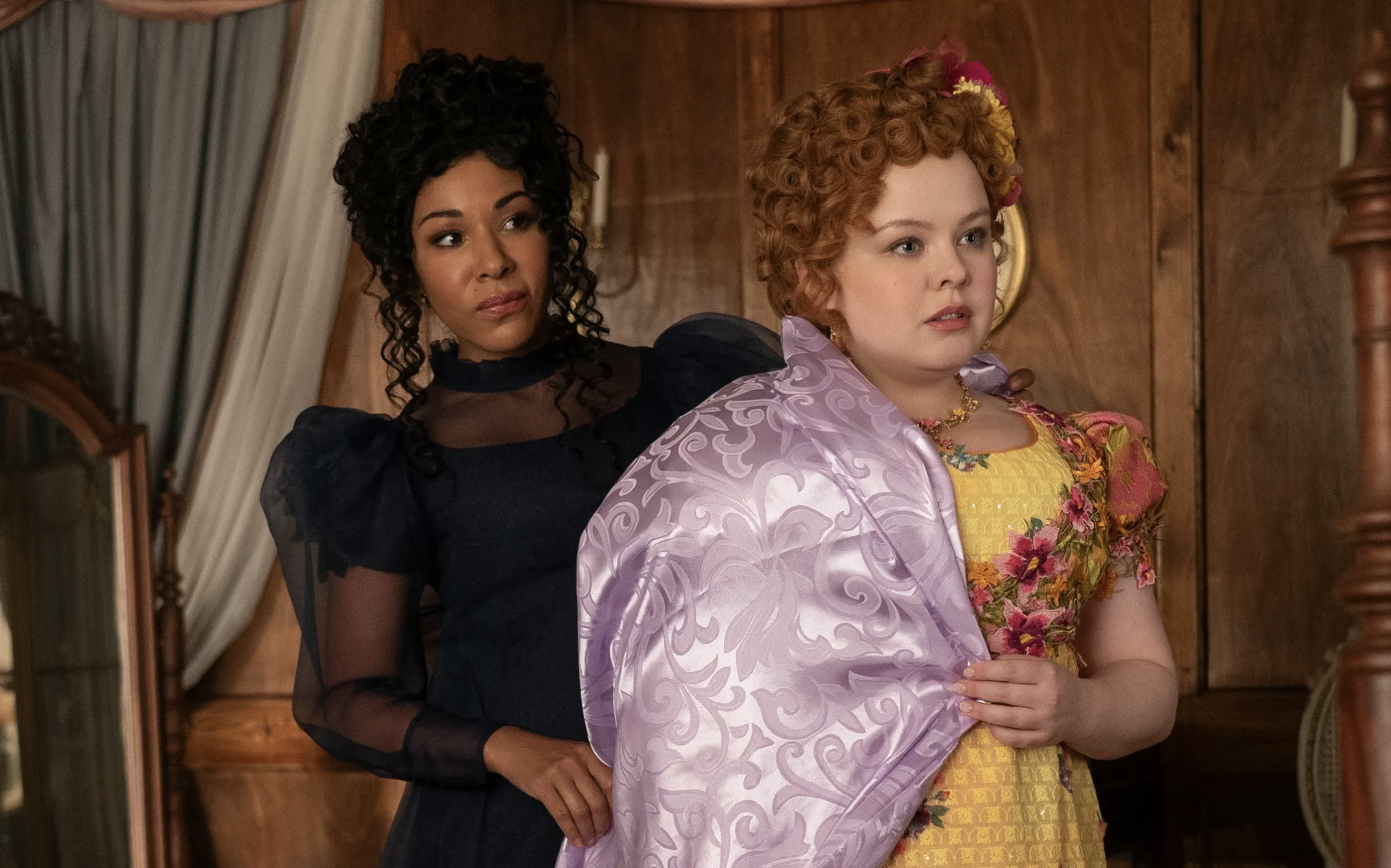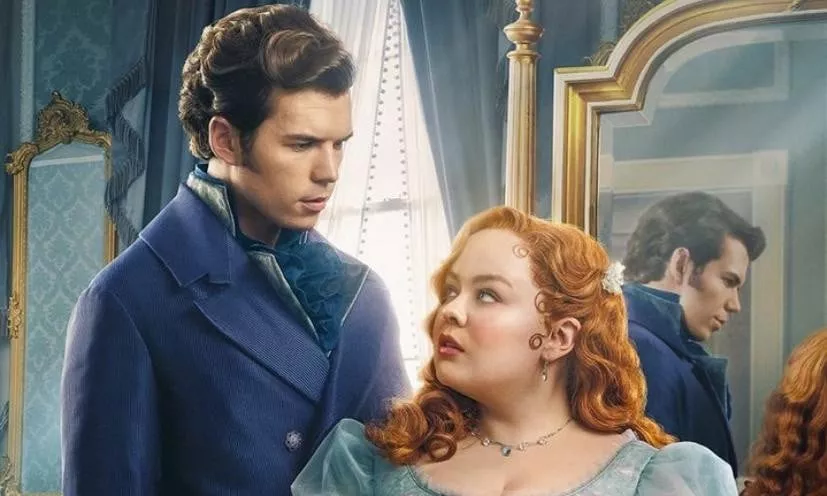‘Bridgerton Season 3’ review: Romance, rebellion and friendship under one roof
‘Bridgerton Season 3’ serves as a reminder that the essence of the show transcends its mere romantic entanglements
KARACHI:Dearest gentle reader, in a world where elegance and intrigue dance the most beguiling waltz, and whispers of scandal waft through the air like the delicate scent of jasmine, Bridgerton returns with its third season. Set against the opulent backdrop of Regency-era London, Shonda Rhimes and the writers have delivered yet another compelling narrative. Divided in two parts, four new episodes are available to binge-watch now.
While the series flirted with the charms of storytelling in previous seasons, it is in this third instalment that Bridgerton finds its truest, most enchanting melody as it continues to weave tales of love and friendship with the finesse of a master seamstress.
The third season continues to delve into the lives of its ensemble cast as it explores the story of Penelope Featherington (Nicola Coughlan), who tired of being overlooked by society and her family, is determined to take a husband. In a hastily conceived scheme, she enlists Colin Bridgerton (Luke Newton), newly arrived from his travels and suddenly the most eligible bachelor in the ton, to coach her on how to secure a suitor.
The two navigate the treacherous waters of the beloved friends-to-lovers trope, their interactions laced with unspoken affections. What is concerning is that for years, Colin viewed Penelope merely as a cherished friend, never as a romantic prospect. Yet, in the span of an episode, his heart stirred with either newfound feelings or old ones that lay dominant. This abrupt shift, though undoubtedly genuine, seemed almost too sudden to be believable. It failed to evoke the kind of emotion that a well-executed romance would typically elicit within me.
The real heart of Bridgerton

Credits: Netflix
Amidst the parade of corseted courtships and eager mamas, Bridgerton has quietly nurtured its most compelling narrative: the evolving, often tumultuous relationship between Penelope and Eloise Bridgerton (Claudia Jessie). What began as a subplot has now blossomed into the beating heart of the series, revealing that the true allure of Bridgerton lies in its exploration of non-romantic relationships.
The previous season concluded with Eloise unmasking Penelope as Lady Whistledown (voiced by Julie Andrews). This season begins with the anticipated fallout. Their friendship, built on years of shared secrets and mutual understanding, is layered with the kind of depth that makes for truly compelling drama. It’s in the quiet moments of betrayal, the heated exchanges, and the poignant reconciliations that the series truly shines. This friendship, strained to its breaking point, with all its angst, feels authentic and relatable in a way that some of the show’s romantic pairings do not.
Women leading the charge

Credits: Netflix
Bridgerton has always walked a fine line between historical romance and modern social commentary, and this season is no exception. It holds up a mirror to society, reflecting the era’s rigid class structures and the limited opportunities afforded to females. Women’s roles remain a focal point, with characters like Eloise rebelling against the confines of societal expectations. Claudia's portrayal of Eloise is a triumph as she uses her razor-sharp wit and one-liners to bring comedy to the series.
But it is Penelope who emerges as the true heroine of our tale. Her covert role as a businesswoman underscores how women triumphed in an era devoid of examples or opportunities for their success. Nicola’s performance is a masterclass in capturing the duality of a character who is both the overlooked wallflower and the incisive gossip columnist. The ever-present spectre of Lady Whistledown in her portrayal of the shy Penelope is what makes her one of the series' most compelling characters and Nicola one of its most talented actors.
Symphony of style

Credits: Teen Vogue
Visually, each season of Bridgerton is nothing short of a masterpiece, a veritable cornucopia of colour, texture, and style. The production design, orchestrated with the precision of maestros Alison Gartshoe and Phillip Corps, transports viewers into a staged world where every detail, from the gilded chandeliers to the floral arrangements, is a testament to opulence and grandeur.
The costume design team, headed by John Glaser, deserves particular praise, as each garment is a work of art that speaks volumes about the characters who wear them. The bold hues and intricate embellishments not only enhance the visual splendour but also serve as a narrative device, conveying status, personality, and emotional state. For Penelope, this season signifies the departure from the usual citrus tones her family favours, symbolising her quest for independence. There was a lot of thought put into the way new colour palette for Penelope’s outfits, her hair and makeup would reflect her character’s arch.
The score is a blend of classical compositions and contemporary hits from popular artists like Taylor Swift, Billie Eilish and Pitbull. A signature Shonda Rhimes touch that adds a modern twist to the historical setting to keep things fresh and relevant. Unfortunately, the classical renditions of this particular selection of songs fell flat, hitting the right tempo for ballroom hustle but failing to strike a chord during the more intimate moments, where the score's emotional resonance is crucial.
Have something to add to the story? Share it in the comments below.


COMMENTS
Comments are moderated and generally will be posted if they are on-topic and not abusive.
For more information, please see our Comments FAQ